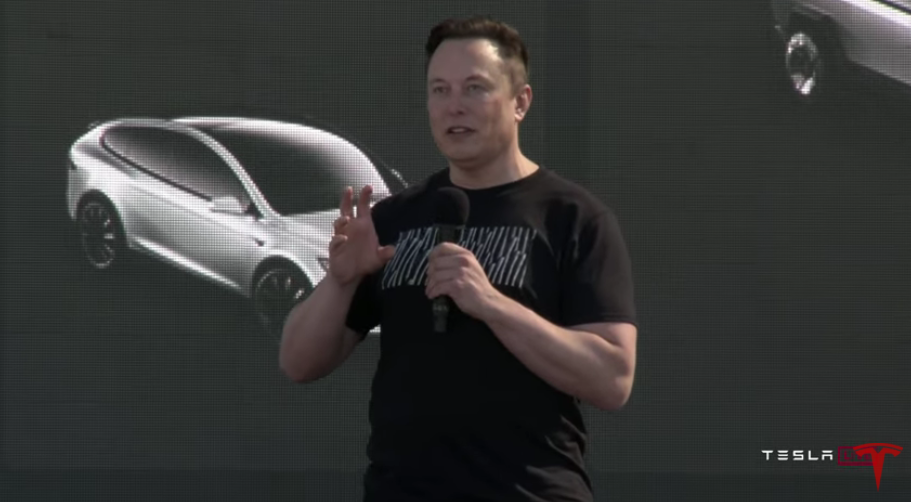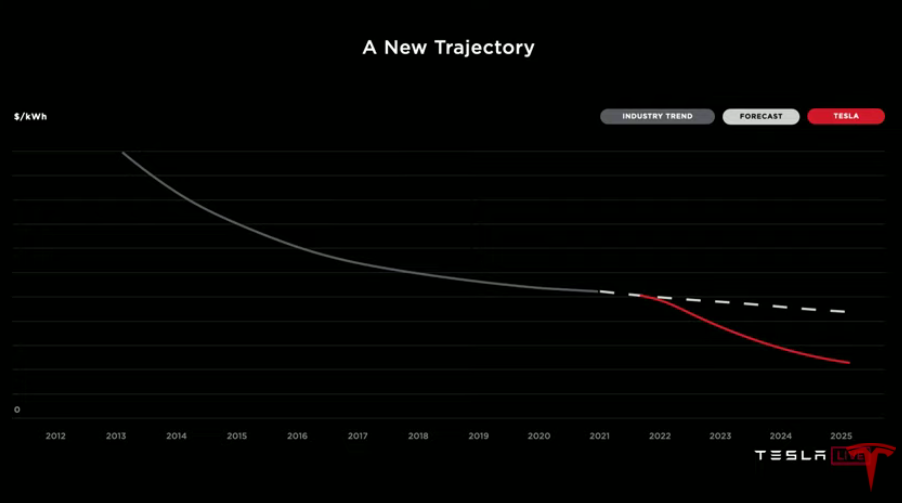Advances coming to EV battery cells, charging infrastructure
TORONTO, Ont. – Electric trucks, the batteries that power them, and the infrastructure that charges those batteries have been making the news this week.
At ACT Virtual Sept. 22, Volvo Trucks and Lion Electric shared details on how charging infrastructure is advancing.
Volvo recently helped REMA EV Connections secure a UL certification for its Combined Charging System CCS2 connector, bringing the option to North America where the CCS1 connector has been the most prevalent. The CCS2 connectors are more familiar in other areas of the world including Europe, South America, Asia and Africa.
This means fleets can purchase the fast-charging systems directly from suppliers including Volvo and ABB, and not have to face a field certification process.
“This allows for other options and opportunities, and in the future can allow for some other charging scenarios,” says Brett Pope, Volvo Trucks North America’s director – electric vehicles. “We can meet the various transportation requirements and the fleet requirements for charging and some future-proofing.”
In the short term, those chargers will be used to power VNR Electric trucks participating in the Volvo LIGHTS tests in Southern California. Five of the first 23 test trucks for that initiative are already on the road. TEC Equipment is using one to deliver parts around Fontana, Calif., while Dependable Highway Express is running a pair of the trucks to serve warehouses around Ontario. NFI has picked up the latest two trucks and will use them to serve a central distribution center.
For its part, Lion Electric is providing an array of specialists to support commercial fleets that want to roll out electric vehicles.
“AC is really coming out of fashion.”
Christopher Ralph, Lion Electric
“We can customize and project manage this solution from end to end,” said Christopher Ralph, an energy and electric vehicle charging specialist with the Quebec-based manufacturer. “We can actually play with different types of charging styles. Maybe you require AC charging. Maybe you require DC.”
While AC systems rated at less than 50 kw have been a common choice to support early electric vehicles, they are losing ground to DC charging stations.
“Historically, AC has been the solution. It’s been cheaper. It’s been more commonly available,” Ralph said. But in the past two years the price of DC charging solutions has dropped, and battery packs have been growing along the way. “AC is really coming out of fashion.”
Some Classes 6 and 8 buses may not even come with AC chargers on board, he added. And while many first-generation 50-75 kw chargers are limited to maximum outputs of 400 or 500 volts, the latest vehicles feature 800 to 900 operating volts.
So too is the manufacturer looking to help with needs ranging from transformers to panels, conduit and more, tapping into the expertise of Lion-authorized electricians, and a partnership with ABB to provide charging systems.
“We have those skills in-house with a team of energy specialists,” he said. Even vehicle telematics will be leveraged to offer insights to help determine things such as the exact number of chargers that will be needed.
“The goal is, the minute you receive your electric vehicle, they can start delivering a return on investment.”
And the charging needs can certainly vary, including options such as a 240-volt Level 2 AC charger, or the Level 3 fast charger that uses 480 volts and a DC plug. The power needs can range from 7.2 kw to above 150 kw, he said.
But there’s no average cost for this charging infrastructure.
“It’s really going to depend on how many you’re buying and where your garage is located, what you’re doing,” he said.

Tesla reveals battery vision
At its much-anticipated Battery Day event held Sept. 22, Tesla detailed plans that will reduce the cost of battery packs in terms of dollars per kWh by 56%, also increasing range by 54%.
Initiatives include: developing a tabless battery cell reducing the distance electrons must travel; improving battery manufacturing processes using a single, continuously moving line; using raw silicon rather than silicon sulfate; eliminating cobalt in the cathode, and producing its own cathode facility in the U.S.; and developing a single piece casting for the front and rear bodies using its own alloy.
All these enhancements will allow Tesla to offer a US$25,000 fully autonomous car in about three years, said founder Elon Musk, essentially matching the cost of an internal combustion engine. He also said the improved battery designs will help improve range and density, particularly important for the yet-to-be-released Semi.
The first benefits will start to hit the industry in a year to 18 months, Musk said, and they will be fully realized in about three years. He noted the cost of batteries must come down, and they have been, but have plateaued.
“If we could do this instantly, we would,” he said. “It bodes well for the future and means the longterm scaling of Tesla and the sustainable energy products we make will be massively increased.”
Asked what he sees as the future for internal combustion engines, Musk said they will be relegated to “hokey collector’s items.”

Have your say
This is a moderated forum. Comments will no longer be published unless they are accompanied by a first and last name and a verifiable email address. (Today's Trucking will not publish or share the email address.) Profane language and content deemed to be libelous, racist, or threatening in nature will not be published under any circumstances.